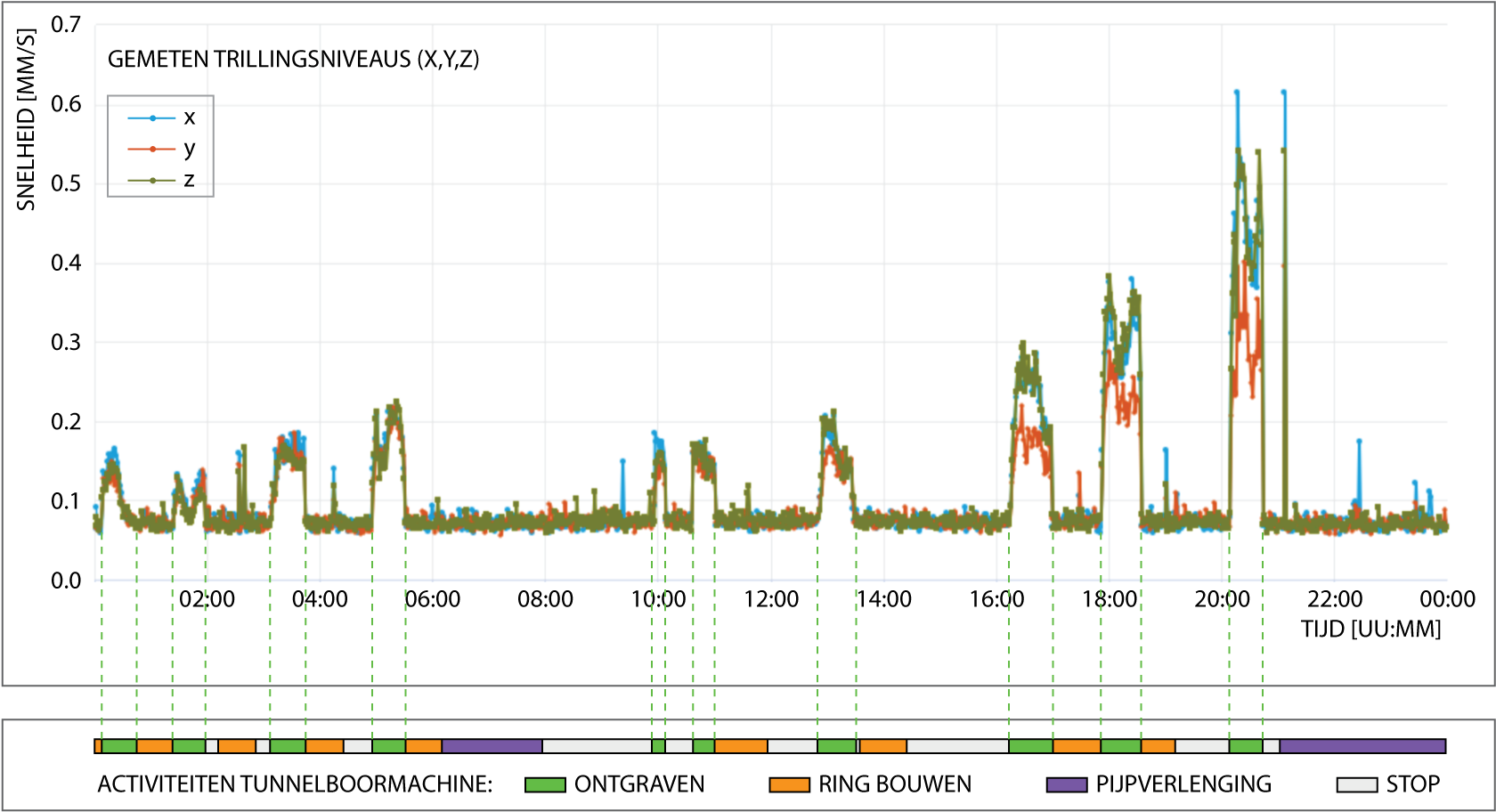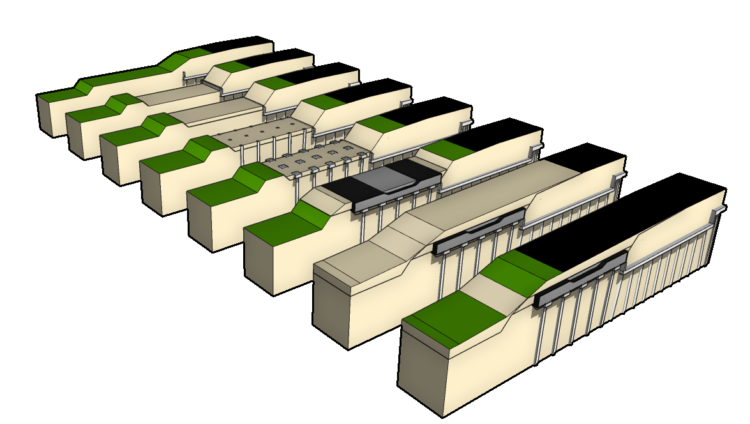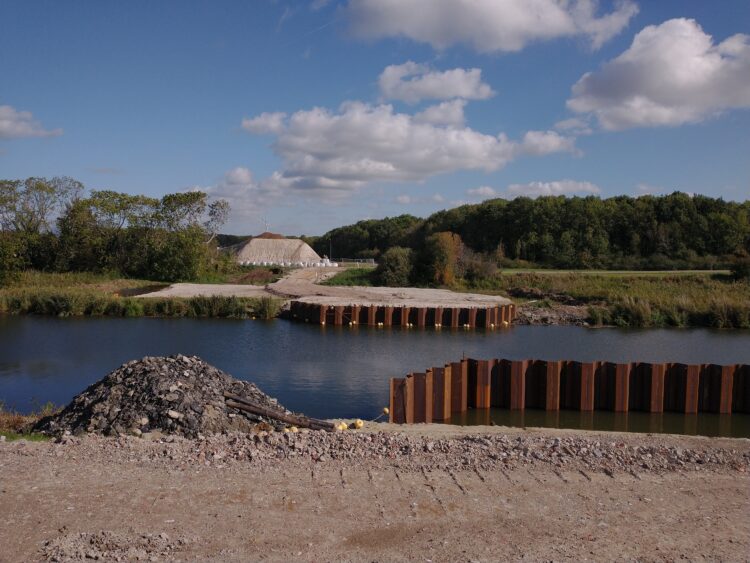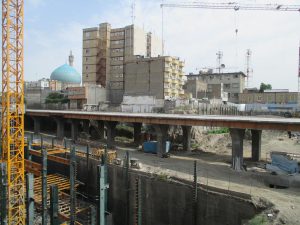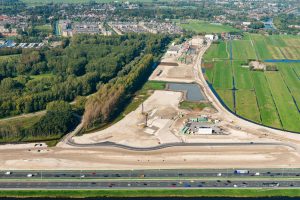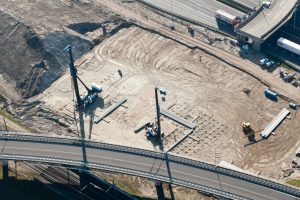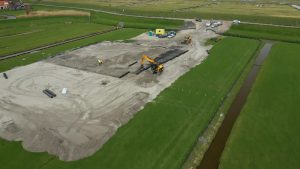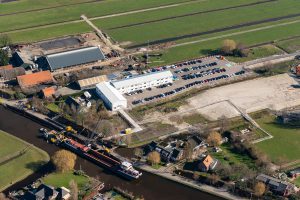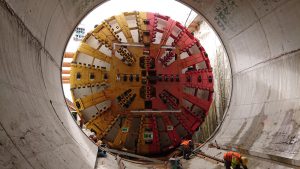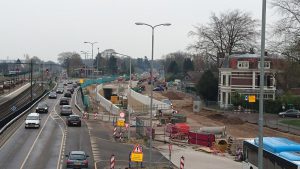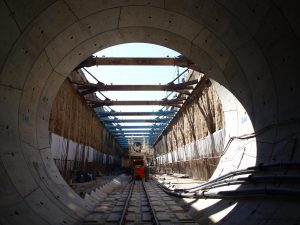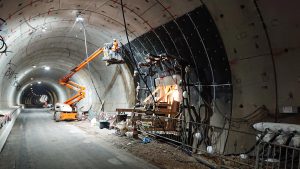Predictions of vibrations and deformations in the Rijnlandroute tunnel drill
The tunnel bored machine for the Rijnlandroute drilled under a number of special objects: a railway line, a canal, two dikes, three high-pressure gas pipelines, a high-voltage pylon, a swimming pool and a number of (monumental) buildings;, including the former silver factory of Van Kempen en Begeer and the recently restored Berbice estate. For all objects, the risk of subsidence, vibrations and damage has been assessed.
Arthe made PLAXIS calculations of the expected deformations of the buildings and the associated risk of damage. Before and during the drilling process, the buildings were extensively monitored in order to precisely determine the deformations due to the drilling and furthermore to continuously improve the drilling process.
Low-frequency vibrations are also produced during the drilling process. A calculation was made of the impact these vibrations could have on the monumental buildings in particular and on the extent to which the low-frequency vibrations could cause hindrance to local residents.
However, when the monumental buildings were approached, vibration nuisance was increasingly reported from the surrounding area. Until then, vibrations from the tunnel drill had not been notified. The previously measured vibration levels at a residence near the start shaft were indeed measured, however below the perceptible level of 0.25 mm/s. This time the vibration level was different: with the TBM still several tens of meters away vibration levels of up to 0.6 mm/s were measured. Comparison of the data from the TBM and one of the vibration sensors on the buildings clearly proved that the process of drilling caused the vibration.
After passing the monumental buildings, no further vibration nuisance was experienced at other buildings on the tunnel route. In all likelihood, this phenomenon has to do with the local geology of the monumental buildings on the Leidseweg in Voorschoten. These properties are built on an old dune ridge; therefore, there is only sand over the entire height of the TBM up to the monuments. This is different compared to the rest of the route, where there are always one or more clay or peat layers above the TBM. These cohesive layers seem to act as an effective dampener for the vibrations. As a result, higher vibration velocities were measured only at the location of the monumental buildings. The higher vibration velocities did not cause any damage, only inconvenience to the residents during the passage of the TBM.

